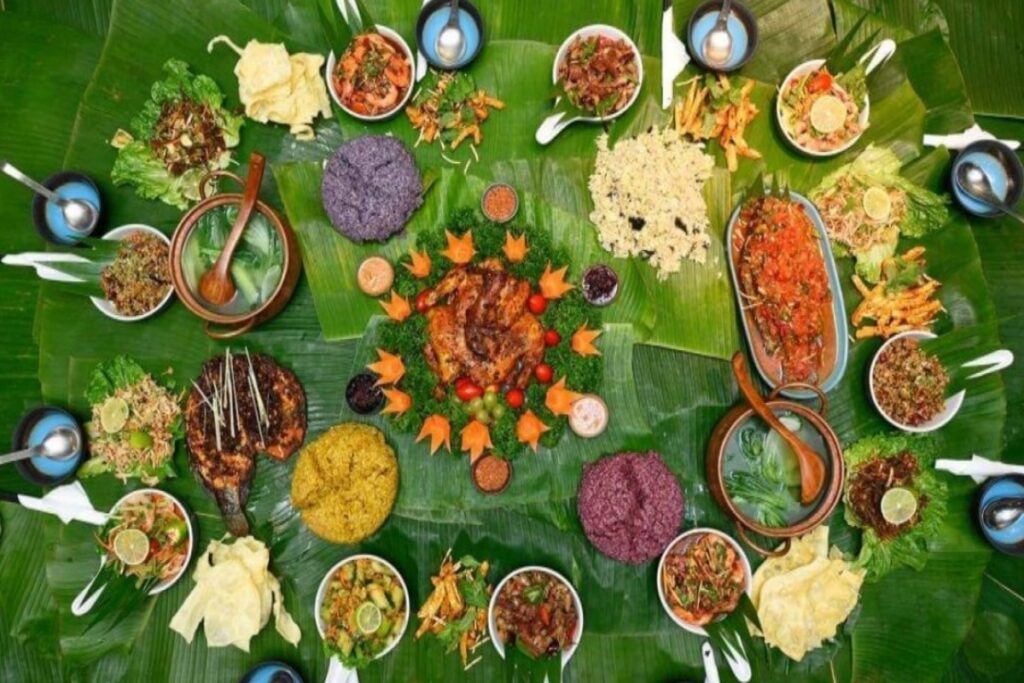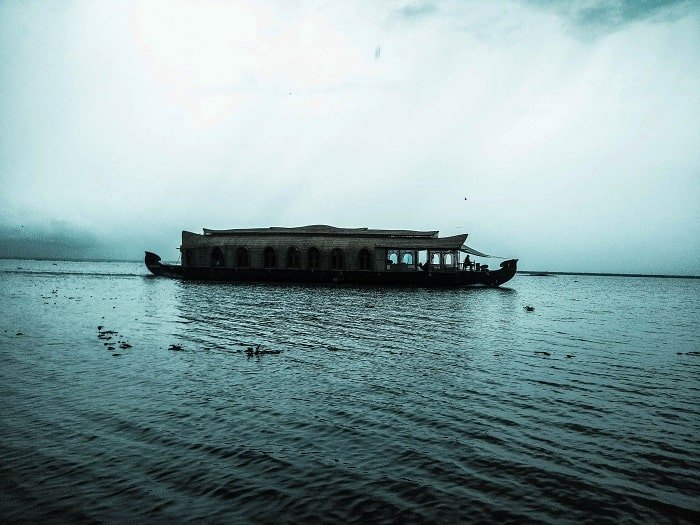I should start this post by stating that houseboats are floating marvels of tourism in India. They have never failed to enchant travellers with their cultural importance and unique charm. Both houseboats of Kerala and Kashmir provide unique experiences to tourists. However, they are different from each other in different angles. Examples include cultural backdrop, atmosphere, purpose and architecture. By understanding the differences between Kashmir and Kerala houseboats, you can gain insights into the diverse heritage of India. From this post, you can understand how the houseboats of Kerala and Kashmir are different and how they are different from each other. Also, I am here to share the purposes, features and unique experiences they offer in this post:
Introduction
The tranquil backwaters of Kerala and the shimmering lakes of Kashmir are important landmarks in Indian tourism. The houseboats gliding over these waters stand as the symbol of the natural beauty and culture of these regions.
When you take the case of Kerala, the Kettuvallams traverse lush green waterways. They offer a slice of life amidst serene surroundings. At the same time, the shikaras of Kashmir and luxurious houseboats float on Nigeen and Dal Lakes. They reflect the grandeur of the Mughal Gardens and show-capped peaks.
Indeed, the houseboats of Kerala and Kashmir share the same purpose of offering unique hospitality. Nevertheless, they differ considerably due to the culture, history and geography of these two regions. You can understand the differences in detail here:
Historical Background and Origins
Houseboats of Kerala
Kerela’s houseboats are locally referred to as Kettuvallams. They are known for their utilitarian origin. Several decades ago, they were used for transporting, spices, rice and other goods through the intricate network of backwaters. When years passed, rail and road transport started to emerge, thereby making Kettuvallams suitable for tourism. Today, I should say that they are attractively designed floating homes. They are equipped with modern facilities. They offer travellers an immersive experience of the tourism of Kerala.
Houseboats of Kashmir
The houseboats of Kashmir are known for their colonial origin. During the British rule in India, non-residents were not allowed to own land in the Kashmir Valley. To circumvent this, the British constructed floating houses on Dal Lake. These houseboats were crafted with intricate woodwork. Slowly, they evolved into luxurious places to stay. As against the houseboats of Kerala, houseboats of Kashmir stay stationed. They are used for leisure purposes rather than for transportation.
Check out my post on Vattavada – Visit This Peaceful Village Near Munnar.
Architecture and Design
When talking about the differences between the houseboats of Kerala and Kashmir, you should know how they differ in architecture and design.
Houseboats of Kerala
Interior
Modern Kettuvallams these days feature cosy dining areas, kitchens, bedrooms and open decks. They are designed to offer comfort when focusing on the natural beauty of the surroundings.

Design
Kerala houseboats have thatched roofs. They look like rural huts. They are elongated such that they can pass through narrow canals. They are designed to provide sufficient space for guests.
Materials and Build
Kerala houseboats are basically made of natural materials. Examples include wood, coir and bamboo. The traditional craftsmanship of these boats makes sure that no nails are used in the construction. As against nails, planks are brought together with coir. The boats are waterproofed with the help of cashew nut oil.
Kashmir Houseboats
Interiors
The interiors of Kashmir houseboats showcase luxury. They have embroidered curtains, traditional Kashmiri furnishings and richly carpeted floors. I should say that each houseboat in Kashmir is a work of art. The houseboats often feature walnut wood furniture and elaborate chandeliers.
Design
The stationary Kashmiri houseboats are ornately carved. They showcase the craftsmanship of Kashmir. The intricate woodwork, particularly on the interiors and façade often encompasses paisley and floral motifs. They were created based on the inspiration from Mughal Art.
Materials & Build
Kashmiri houseboats are constructed with the help of sturdy deodar wood. The wood used is known for resistance to cold climates and durability. So, the boats last longer.
Check out my post on Sonmarg: The Golden Meadow of Kashmir.
Functionality and Purpose
Kerala Houseboats
The houseboats of Kerala are designed not only for exploration but also for relaxation. They navigate through the tranquil backwaters. They provide a moving experience to tourists through scenic landscapes dotted with rustic villages, paddy fields and coconut groves. When you travel in these boats, you can experience the slow pace of life, interact with locals and enjoy the changing vistas.
Kashmiri Houseboats
As against moving houseboats of Kerala, Kashmiri houseboats are stationed in a particular spot. They serve as floating hotels. They are anchored on particular spots of Nigeen and Dal Lakes or they are attached to jetties. However, tourists can explore the nearby attractions by travelling to Shikaras. These are small wooden boats used in these lakes for transportation.
Scenic Backdrop
Kerala Backwaters
When it comes to Kerala houseboats, they cruise through a maze of interconnected canals, rivers and lagoons. You can experience a tropical and lush setting with a huge collection of coconut palms. Also, you will see emerald-green water. The rich biodiversity of this region attracts nature lovers and birdwatchers. You can find birds like otters, herons and kingfishers in the backwaters of Kerala.
An excellent example is the cruise along the Alleppey backwaters. This trip will offer a glimpse of village life. You will find women washing clothes on the banks and fishermen casting their nets.
Kashmiri Lakes
The houseboats of Kashmir are set against the ethereal attractiveness of Nigeen Lake, Jbelum River and Dal Lake. On the backdrop, you can see the snow-capped Himalayas. The charm gets even more unique with floating shikara markets and gardens. You will see a different backdrop every season you visit. Yes, you can see blooming tulips in the spring season that turn into frozen landscapes during winter.
For example, when you stay on a houseboat in Dal Lake, you will get excellent views of the Mughal Gardens. You will get a chance to witness a floating market in which locals sell fresh flowers and other agri products.
My post on “A Complete Guide to Dal Lake” might help you learn more about this lake.
Cultural Influence
Kerala
The houseboats of Kerala reflect the coastal and agrarian culture of the state. South Indian cuisine is mainly served. The food served features fresh catch of the day, prawns and traditional dishes like karimeen pollichathy and appam. You can expect a rustic ambience deeply associated with the traditions of the region.

For instance, the Kettuvallam cruise mostly encompasses stops at local villages in which travellers can learn about Kathakali, toddy lapping and coir-making
Kashmir
The houseboats of Kashmir embody the artistic and royal heritage of the region. The interiors are beautified with Kashmiri shawls, papier-mâché artefacts and Persian Carpets. The food offered in these boats often includes traditional Wazwan cuisine with dishes like Rogan Josh, Gushtaba and Yakhni.

For instance, guests in Kashmir boats are treated with saffron tea. They can take a sip of the tea witching the serene lake views that offer a combination of local flavour and luxury.
Conclusion
So, the question of how are houseboats of Kerala and Kashmir are different showcases the diversity of India’s heritage. When the houseboats of Kerala offer an immersive and tranquil journey through its backwaters, the houseboats of Kashmir offer a stationary retreat in the middle of the grandeur of the Himalayas. Both offer unique experiences. They cater to different kinds of travellers and showcase the rich cultural tapestry of the region.
Check out my other related posts:
Top 15 Things to Do in Alleppey – Exploring Kerala’s Enchanting Backwater Haven
Kerala Itinerary – 10 Days in Kerala Tour Plan
Top 100 Kerala Tourist Places to Keep on Your Bucket List
Kashmir Itinerary – Trip to heaven in 7 Days
All You Need to Know About Kovalam Beach in Kerala
